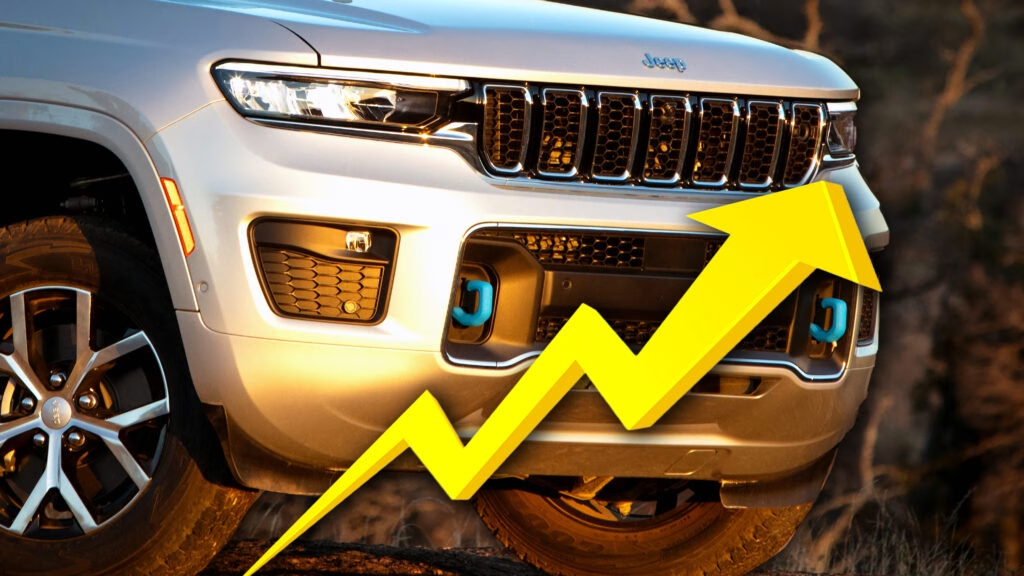The recent uptick in used car prices marks a significant shift in the automotive market, particularly for vehicles aged one to five years. After a prolonged period of price stabilization and even declines, buyers are now facing a new reality. Understanding the factors behind this change is crucial for consumers, dealers, and industry analysts alike.
Understanding the Recent Price Increase in Used Cars
For the first time since late 2022, used car prices have experienced an increase, albeit modest at just 1%. This translates to an average price rise of approximately $317, bringing the average cost of a one- to five-year-old used vehicle to $31,624 as of March 2025. This shift is noteworthy, especially when considering the previous trend where prices had been declining or remaining stable for several months.
According to a study by iSeeCars, SUVs saw the most significant price increase, climbing 3.5%, while trucks and hybrids followed with increases of 0.9% and 0.7%, respectively. In contrast, electric vehicles (EVs) and passenger cars have seen price drops, with EVs decreasing by 10.1% and passenger cars by 3.2%. This divergence in price trends across different vehicle segments highlights the complexities of the current market.
What Factors Are Driving Prices Up?
Several factors are contributing to the recent price increases in the used car market. One primary driver is the ongoing pressure from tariffs imposed on new vehicles, which are expected to further inflate prices across the board. Karl Brauer, an executive analyst at iSeeCars, notes that the upward pricing pressure is likely to persist, especially if the current tariff policies remain unchanged. Automakers are already responding to these tariffs by adjusting their pricing strategies, which could lead to a tighter inventory of new cars and, consequently, higher demand for used vehicles.
Additionally, the limited inventory of new cars has created a ripple effect in the used car market. With fewer new models available, consumers are turning to used cars as a viable alternative. This increased demand, coupled with the limited supply, is a classic recipe for rising prices.
Analyzing the Market Trends: A Historical Perspective
To fully grasp the implications of the current price trends, it’s helpful to look back at the historical context. The used car market experienced a significant surge in prices during 2020, driven by supply chain disruptions and heightened demand amid the pandemic. The recent price increase, while not as dramatic, echoes that earlier trend, suggesting that the market may be entering a new phase of volatility.
The recent price data also indicates that while the overall average has increased, certain segments are still struggling. For example, the substantial drop in EV prices can be attributed to various factors, including technological advancements and increased competition in the electric vehicle space. As more manufacturers enter the market, the supply of EVs is expected to grow, potentially leading to further price reductions.
What Should Buyers and Sellers Expect Moving Forward?
For potential buyers, this shift in the market signals a need for strategic planning. Those considering purchasing a used vehicle should be prepared for the possibility of continued price increases. It may be wise to act sooner rather than later, especially if they have specific models in mind.
Sellers, on the other hand, may find this an opportune moment to list their vehicles, particularly if they own SUVs or trucks, which are currently in higher demand. However, they should also be aware of the fluctuating market dynamics and price their vehicles competitively to attract buyers.
In summary, the recent uptick in used car prices is a multifaceted issue influenced by tariffs, supply chain constraints, and shifting consumer preferences. As the market continues to evolve, staying informed and adaptable will be key for both buyers and sellers navigating this changing landscape.

